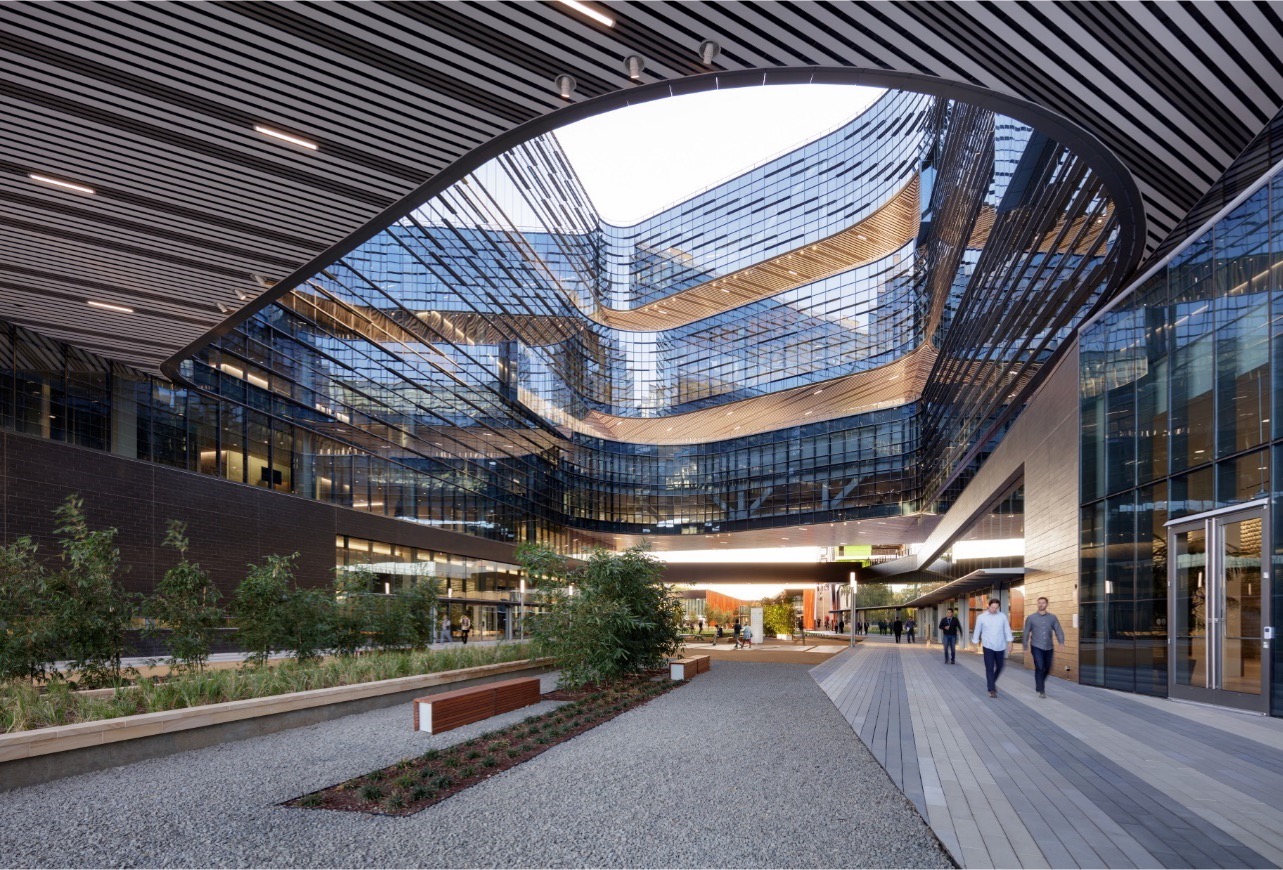How Ceilings Can Contribute to Biophilic Design
Enhancing Natural Connections: The Role of Ceilings in Biophilic Design
Sponsored by ROCKFON
There is no audio associated with this presentation.
Humans naturally gravitate toward spaces that are filled with natural light, fresh air, and the sights and sounds of nature. This affinity, called biophilia, is rooted in our DNA. But industrialization and digitalization of the built environment has cut us off from many of these basic experiences. The burgeoning field of biophilic design can help rekindle the connection with the natural world. By introducing sunlight, fresh air, greenery, natural shapes, materials, and patterns into buildings, biophilic design can help support the health and well-being of building occupants while helping create aesthetically beautiful buildings. Biophilic design can also help enhance efforts to make buildings healthier and more sustainable.
This course will introduce the student to the concept of biophilia and the fascinating field of biophilic design, including the scientific research that is validating how such design positively impacts health and well-being. The course will explore the basic patterns of biophilic design, using various building elements and materials to show how biophilic design can be implemented. Finally, this course will discuss how ceiling systems can be an integral component of biophilic design while supporting other aspects of indoor environmental quality such as acoustics, daylighting, and indoor air quality.

Photo courtesy of Rockfon
Rockfon provides customers with a complete ceiling system offering, combining stone wool ceiling panels with suspension grid systems, metal ceiling solutions, and now wood ceilings. Our products help create beautiful, comfortable spaces. Easy to install and durable, they protect people from noise and the spread of fire while making a constructive contribution toward a sustainable future.
Originally published in Industrial Heating
Originally published in September 2021
LEARNING OBJECTIVES
- Define the terms of biophilia, biophobia, and nature-deficit disorder and how they relate to human health and well-being
- Identify key elements of biophilic design
- Describe several key ways that biophilic design can positively impact human health
- Explain how acoustic ceilings contribute to biophilic design, and consequently, to human health and well-being











